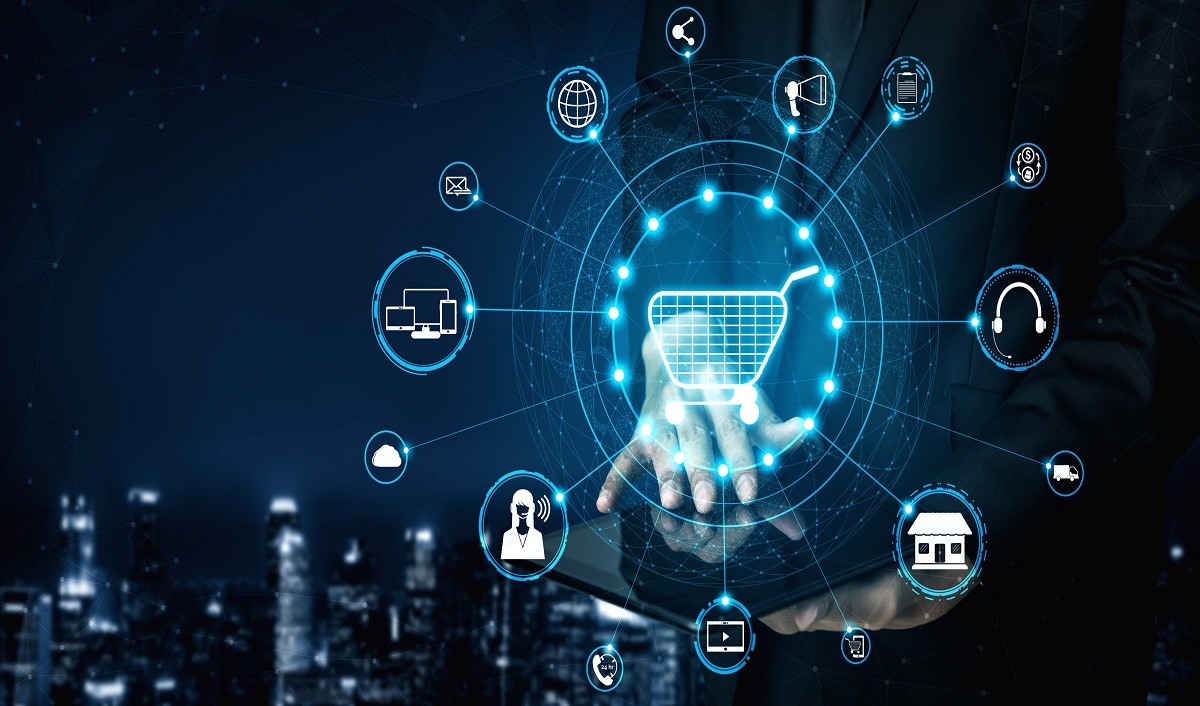As we look ahead to 2025, the widespread adoption of 5G networks and the advancement of edge computing are set to revolutionize our screen time habits. These technologies promise to deliver faster, more responsive, and more immersive digital experiences, which will inevitably influence how we interact with screens and manage our digital time.
One of the most significant impacts of 5G and edge computing will be the dramatic reduction in latency – the delay between an action and its result. This near-instantaneous responsiveness will make digital interactions feel more natural and seamless, potentially increasing the appeal and addictiveness of screen-based activities. Users might find themselves spending more time on screens simply because the experience is so fluid and engaging.
The enhanced capabilities brought by these technologies will also enable more sophisticated and data-intensive applications to run smoothly on mobile devices. This could lead to a shift in how and where we engage in screen time. Complex tasks that once required a desktop computer might become easily manageable on a smartphone or tablet, potentially increasing mobile screen time while reducing reliance on traditional computers.
Edge computing, which brings data processing closer to the end-user, will enable more personalized and context-aware digital experiences. By 2025, we might see apps and services that can adapt in real-time to our environment, schedule, and even our emotional state. This level of personalization could make screen time more efficient and purposeful, potentially reducing overall time spent on devices while increasing the value derived from each interaction.
The combination of 5G and edge computing will also fuel the growth of the Internet of Things (IoT), leading to a proliferation of smart devices in our environment. This could actually reduce traditional screen time by distributing digital interactions across various devices. Instead of checking a smartphone for information, users might simply ask their smart speaker or glance at an IoT-enabled mirror.
In the realm of entertainment, these technologies will enable more immersive streaming experiences, including high-quality AR and VR content. While this could lead to longer periods of engagement, it might also make screen time more active and social, blurring the lines between digital entertainment and physical activity.
However, the always-on, high-speed nature of 5G networks could exacerbate issues related to constant connectivity and digital overwhelm. The ability to access high-quality content anytime, anywhere might make it more challenging for some users to disconnect and engage in non-screen activities.
On the positive side, the improved efficiency and reduced latency offered by 5G and edge computing could actually help in managing screen time more effectively. Tasks could be completed more quickly, reducing the need for prolonged screen engagement. Additionally, these technologies could enable more sophisticated screen time management tools that can process and analyze usage patterns in real-time, offering more accurate and helpful recommendations for digital well-being.
As we approach 2025, it’s clear that 5G and edge computing will significantly impact our screen time habits. While these technologies have the potential to increase our reliance on screens, they also offer opportunities for more meaningful, efficient, and balanced digital interactions. The key will be leveraging these advancements to enhance our digital experiences while maintaining healthy boundaries and promoting overall well-being in an increasingly connected world.





